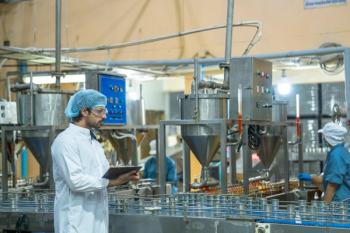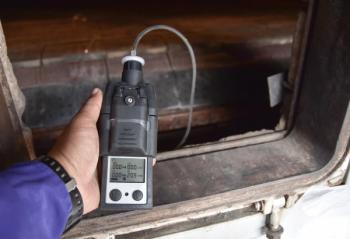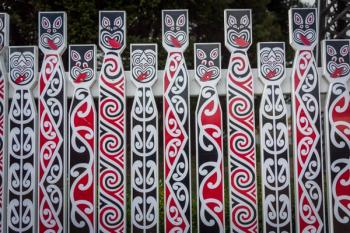
Improving Resolution and Throughput in Tissue Analysis
In this interview segment, Reddy discusses how O-PTIR combined with mid-infrared frequency comb technologies enhances both resolution and throughput in tissue analysis and how this integration address the limitations of conventional MIRSI approaches in clinical settings.
Rohith Reddy, associate professor at the University of Houston and a CPRIT Scholar in Cancer Research (1), focuses his research on biomedical imaging, photonics, and vibrational spectroscopy, with an emphasis on developing label-free techniques for tissue characterization and diagnostics. Reddy has been recognized with multiple awards for innovation and contributions to spectroscopy, including the William F. Meggers Award from the Society of Applied Spectroscopy and the Innovation Award from the Federation of Analytical Chemistry and Spectroscopy Societies (1).
Reddy earned a PhD in bioengineering from the University of Illinois Urbana-Champaign, followed by postdoctoral research at Harvard Medical School. He holds a dual degree in electrical engineering and communication and signal processing (B.Tech./M.Tech.) from the Indian Institute of Technology (IIT), Madras. His early training in engineering and signal processing has strongly influenced his approach to biomedical imaging and instrumentation (1).
At the University of Houston, Reddy’s group develops and applies advanced spectroscopic and optical imaging techniques, including Fourier-transform infrared (FT-IR) imaging, photothermal mid-infrared (MIR) spectroscopy, optical coherence tomography, and tomographic imaging. His work has enabled high-resolution, label-free characterization of human tissue for cancer detection, including breast, prostate, kidney, and bone marrow applications (1). By combining novel instrumentation with computational methods, his team improves diagnostic accuracy and enables histopathological analysis in challenging tissue samples (1).
Reddy has published extensively in leading journals and conferences, contributing over a decade of research on high-definition infrared (IR) spectroscopic imaging, Raman microscopy, and biomedical imaging instrumentation. He has also been involved in the development of patents and technologies for automated cancer detection and advanced optical imaging devices (1). His research integrates experimental design, instrumentation, image processing, and chemometric analysis to push the boundaries of vibrational spectroscopy in clinical diagnostics (1).
At SciX 2025, Reddy delivered a presentation titled, “Enhanced Photothermal Mid-Infrared Spectroscopic Imaging for Diagnosing Kidney and Bone Marrow Disorders” (2). In this interview segment, Reddy discusses how O-PTIR combined with mid-infrared frequency comb technologies enhances both resolution and throughput in tissue analysis and how this integration address the limitations of conventional MIRSI approaches in clinical settings.
This interview clip is the first part of our interview with Reddy. To stay up to date with the latest coverage of the 2025 SciX Conference, click
References
- University of Houston, Dr. Rohith Reddy. UH.edu. Available at:
https://www.ece.uh.edu/faculty/reddy (accessed 2025-10-13). - SciX Conference, Enhanced Photothermal Mid-Infrared Spectroscopic Imaging for Diagnosing Kidney and Bone Marrow Disorders. SciX Conference. Available at:
https://www.scixconference.org/2025-final-program (accessed 2025-10-13).
Newsletter
Get essential updates on the latest spectroscopy technologies, regulatory standards, and best practices—subscribe today to Spectroscopy.





